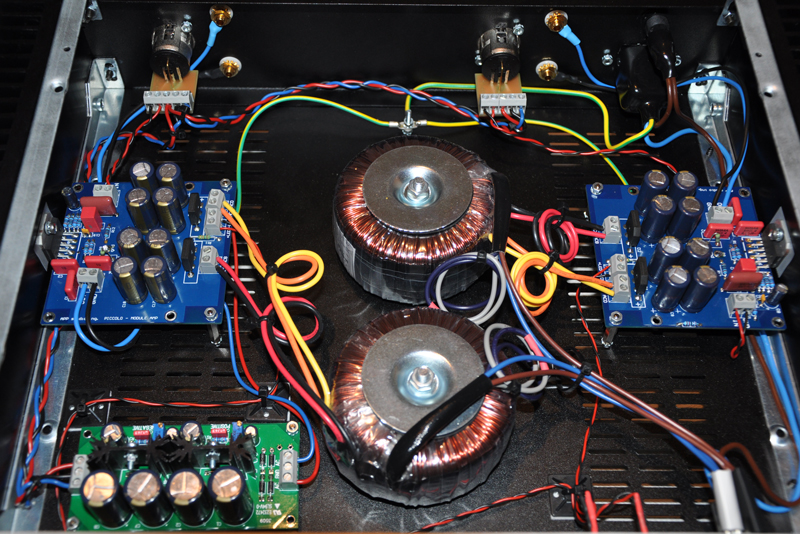Axelerator
Well-known member
Hi, for sure there are many of you did this already 
so i would like to ask some serios ears , are there diy projects out there that could compete with the better pro-amps out there ?
I would need something from 50 watts to little more , that would get me in the area of more than 100 watts consumption for mono only. thats ok for some hours a day i guess.
There are many sites on the net (think passlab etc) (hifi - ) people raving about the amps but i would like to hear the opinion of somebody did/hear some DIY versus pro Amps (Bryston..add
fav. amp here ) on good passive Monitors/Speakers.
cheers
Axel
so i would like to ask some serios ears , are there diy projects out there that could compete with the better pro-amps out there ?
I would need something from 50 watts to little more , that would get me in the area of more than 100 watts consumption for mono only. thats ok for some hours a day i guess.
There are many sites on the net (think passlab etc) (hifi - ) people raving about the amps but i would like to hear the opinion of somebody did/hear some DIY versus pro Amps (Bryston..add
fav. amp here ) on good passive Monitors/Speakers.
cheers
Axel



